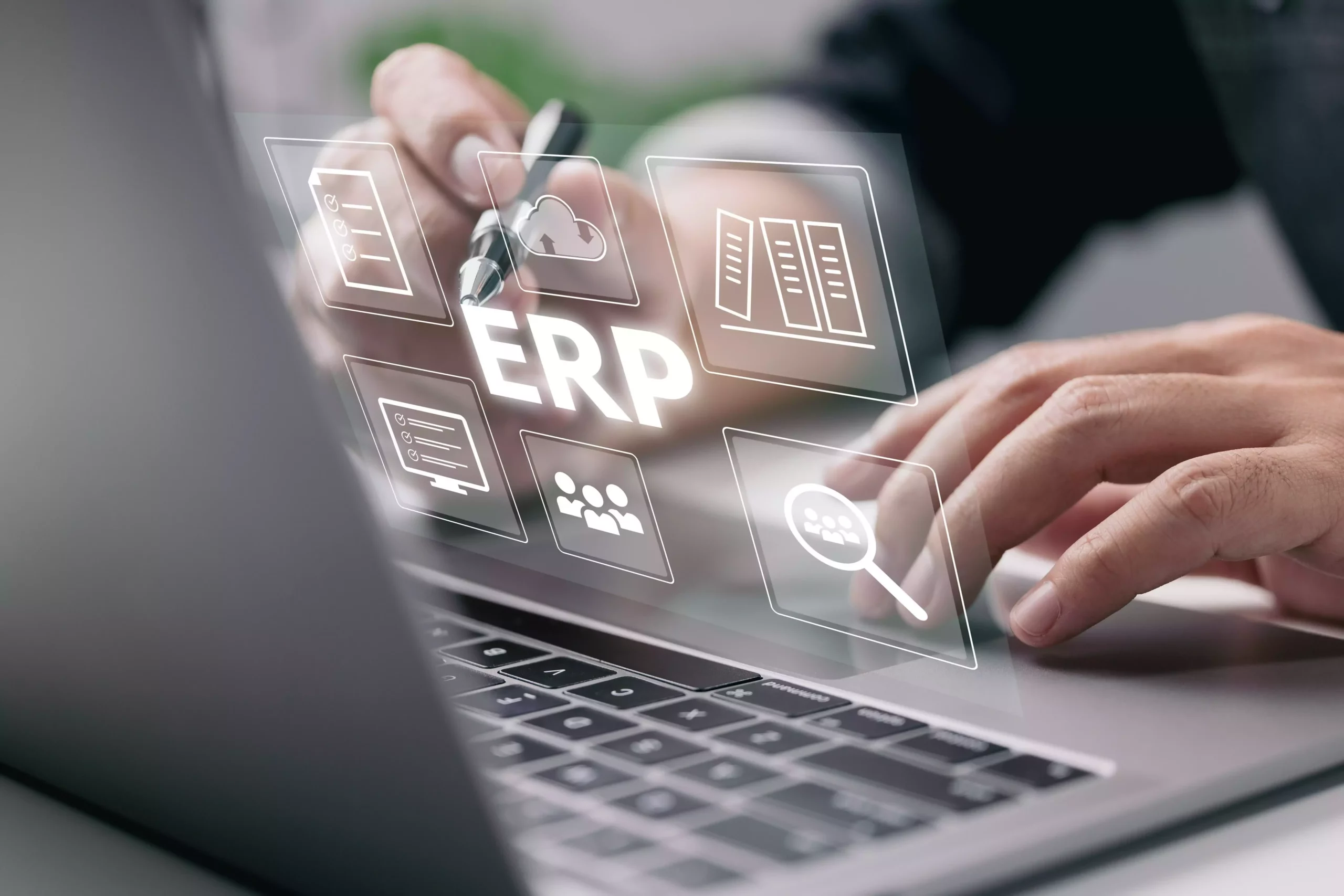Enterprise Resource Planning systems are indispensable tools for organizations seeking to streamline their operations, enhance efficiency, and maintain agility in an ever-evolving market. Choosing the appropriate ERP system is a momentous decision that can profoundly influence your business’s operations and growth.
Clarify Your Business Goals and Objectives
The initial step in evaluating ERP systems like the one from technologyevaluation.com is to explicitly define your business goals and objectives. What specific outcomes do you intend to achieve with an ERP system? Are you looking to refine inventory management, optimize financial processes, strengthen customer relationship management, or streamline supply chain operations? Precision in outlining your goals is paramount for steering the selection process.
Conduct a Thorough Needs Assessment
Carry out an exhaustive needs assessment to unearth the specific requirements of your organization. This entails engaging with various departments and stakeholders to gain insights into their challenges and operational bottlenecks. By identifying the unique needs of your organization, you can effectively prioritize the features and functionalities requisite in an ERP system.
Consider Scalability

Evaluate the system’s scalability to accommodate potential growth and transformation. Your business may experience expansion and change over time, and it is vital that the ERP system can adapt to your evolving requirements. Ascertain whether the system can capably handle amplified transaction volumes, accommodate additional users, and accommodate an expanding scope of business activities.
Cloud-Based vs. On-Premises ERP
Determine whether a cloud-based ERP system or an on-premises solution is better suited for your organization. Cloud-based ERP offers the advantages of flexibility, accessibility, and reduced infrastructure costs, while on-premises ERP solutions grant greater control and customizability. The selection is contingent upon your organization’s IT infrastructure, budget, and preferences.
Integration Capabilities
Delve into the ERP system’s integration capabilities. It should offer seamless compatibility with your current software applications, including customer relationship management systems, e-commerce platforms, and other essential business tools. Effective integration ensures uninterrupted data flow across your organization.
User-Friendly Interface
An intuitive and user-friendly interface is of utmost importance for user acceptance. The ERP system should offer ease of navigation, featuring a well-structured and intuitive design. Complex or perplexing interfaces can hamper user productivity and trigger resistance among employees.
Mobile Accessibility
In a world that is increasingly reliant on mobile technology, it is imperative that the ERP system provides mobile accessibility. Employees should have the ability to access and utilize the ERP system via smartphones and tablets, enabling them to maintain productivity while on the move.
Customization

Evaluate the degree of customization the ERP system facilitates. Every business possesses distinct processes and demands. The system should offer you the capability to tailor it to align with your specific requisites, without necessitating extensive custom development, which can be resource-intensive and costly.
Data Security and Compliance
Data security stands as a paramount concern when selecting an ERP system. Ensure that the system is equipped with robust security features, encompassing data encryption, access controls, and adherence to industry-specific regulations, such as GDPR or HIPAA, should they apply to your business.
Vendor Reputation and Support
The reputation of the ERP software vendor carries substantial weight. Scrutinize the vendor’s track record, customer base, and financial stability. If they are reputable, they are more likely to provide dependable software and exceptional customer support.
Training and Support
Delve into the training and support resources furnished by the ERP software provider. Adequate training programs and responsive support are indispensable for a triumphant implementation. Ascertain that the provider proffers comprehensive training initiatives and a receptive support team.
Total Cost of Ownership
Delve into the total cost of ownership (TCO) of the ERP system. Beyond the initial procurement expenses, consider the recurrent fees for updates, support, and additional features. Engage in the calculation of the potential return on investment (ROI) by assessing the time and cost savings that the ERP system can potentially offer, including the reduction in manual processes and the augmentation of productivity.
Data Migration
Ponder the procedure for migrating your prevailing data to the new ERP system. Data migration can be intricate and time-consuming, so ensure that the ERP system accommodates seamless data transference from your legacy systems.
Reporting and Analytics
A competent ERP system should encompass potent reporting and analytics features. It should empower you to generate bespoke reports and procure real-time insights for informed decision-making. The system’s reporting capabilities should align with your business’s key performance indicators (KPIs).
Testing and Prototyping

Prior to finalizing your decision, request a test or prototype of the ERP system. This hands-on experience allows your team to assess the software’s functionality, user-friendliness, and suitability for your organization’s requisites. Moreover, it offers an opportunity to identify any potential shortcomings or constraints.
User Feedback and References
Peruse user feedback and seek references from existing customers to investigate the ERP system thoroughly. This feedback serves as a fount of invaluable insights into the software’s real-world performance and how well it aligns with user expectations.
Vendor’s Roadmap and Updates
Inquire about the vendor’s product roadmap and plans for future updates and enhancements. A vendor committed to ongoing improvement is more likely to provide a system that remains pertinent and efficacious over the long term.
Industry-Specific Features
If your organization operates in a specialized industry, seek an ERP system that encompasses industry-specific features. Distinct sectors often come with unique requisites and regulatory constraints, and industry-tailored software can offer superior support for compliance and best practices.
Return on Investment Analysis
Conduct a comprehensive ROI analysis to gauge the financial benefits of implementing the ERP system. Contemplate the reduction in operational expenditures, the boost in productivity, and the potential increment in revenue. A well-structured ROI analysis serves to substantiate the investment.
Project Management and Implementation Plan
Precede the implementation of the ERP system with the development of a meticulous project management plan. Determine roles and responsibilities, establish a timeline, and allocate resources. A well-organized plan is pivotal for securing a smooth and successful implementation.
Change Management Strategy

Deploy a change management strategy to facilitate the transition of employees to the new ERP system. Provide training and resources, communicate the system’s advantages, and address any apprehensions or resistance from staff. An effectively executed change management strategy is pivotal for user acceptance.
Pilot Testing
Prior to a full-scale deployment, contemplate conducting a pilot test of the ERP system. Select a small group of users or a specific department to scrutinize the system’s functionality and identify any prospective complications. This pilot phase furnishes the opportunity to effectuate adjustments before the system is rolled out across the organization.
Evaluating ERP systems is a momentous process that mandates meticulous consideration of your organization’s distinct needs, objectives, and resources. By executing a thorough needs assessment and thoroughly reviewing the options, you are equipped to make a well-informed decision to pinpoint the ideal ERP system for your organization.




